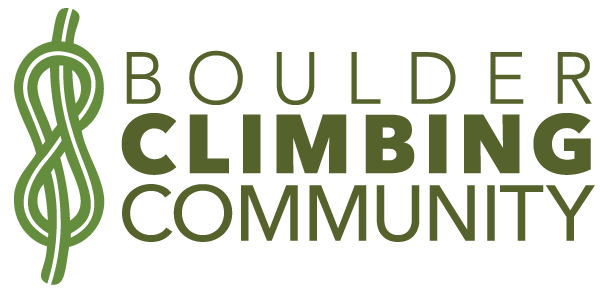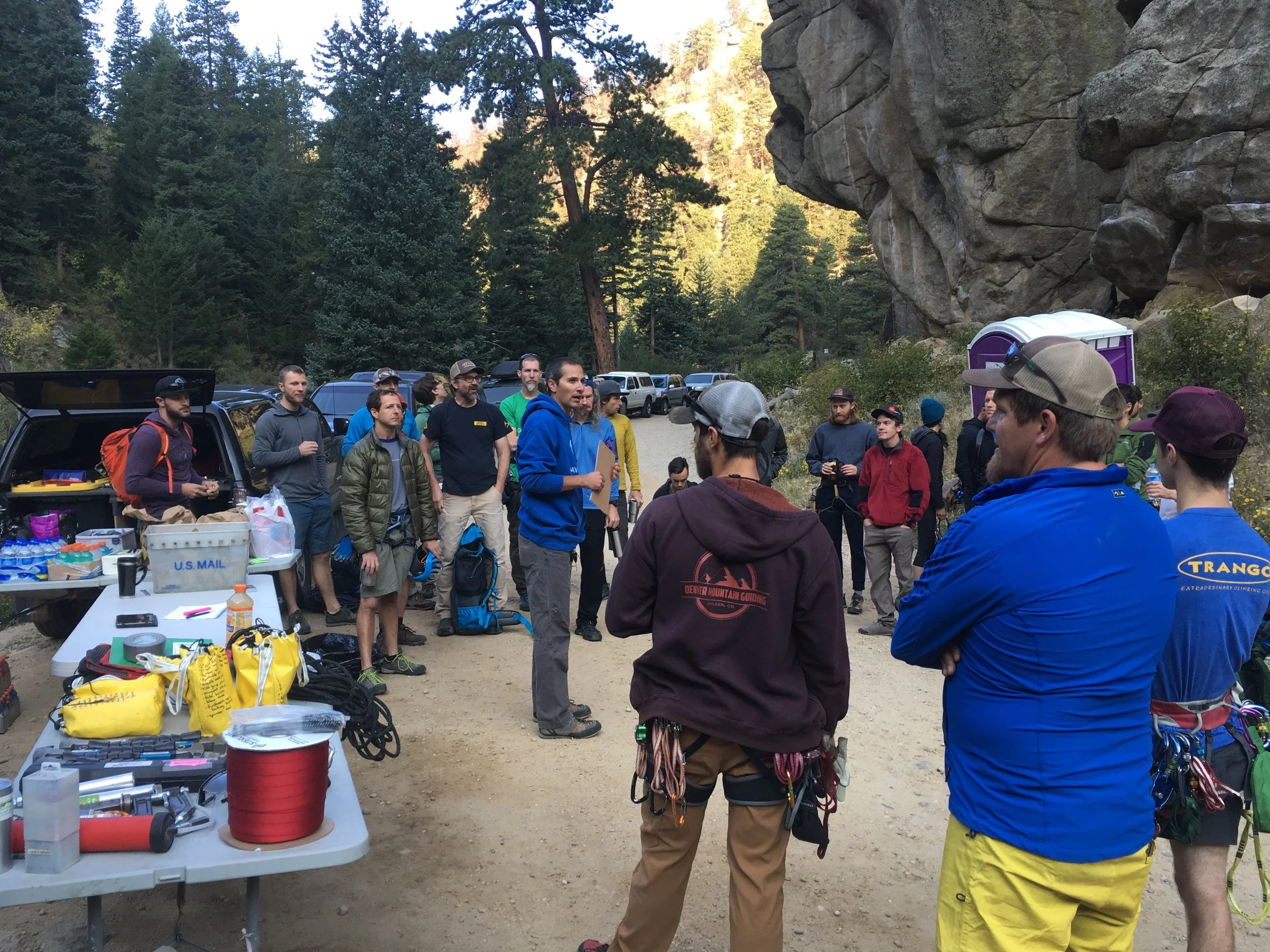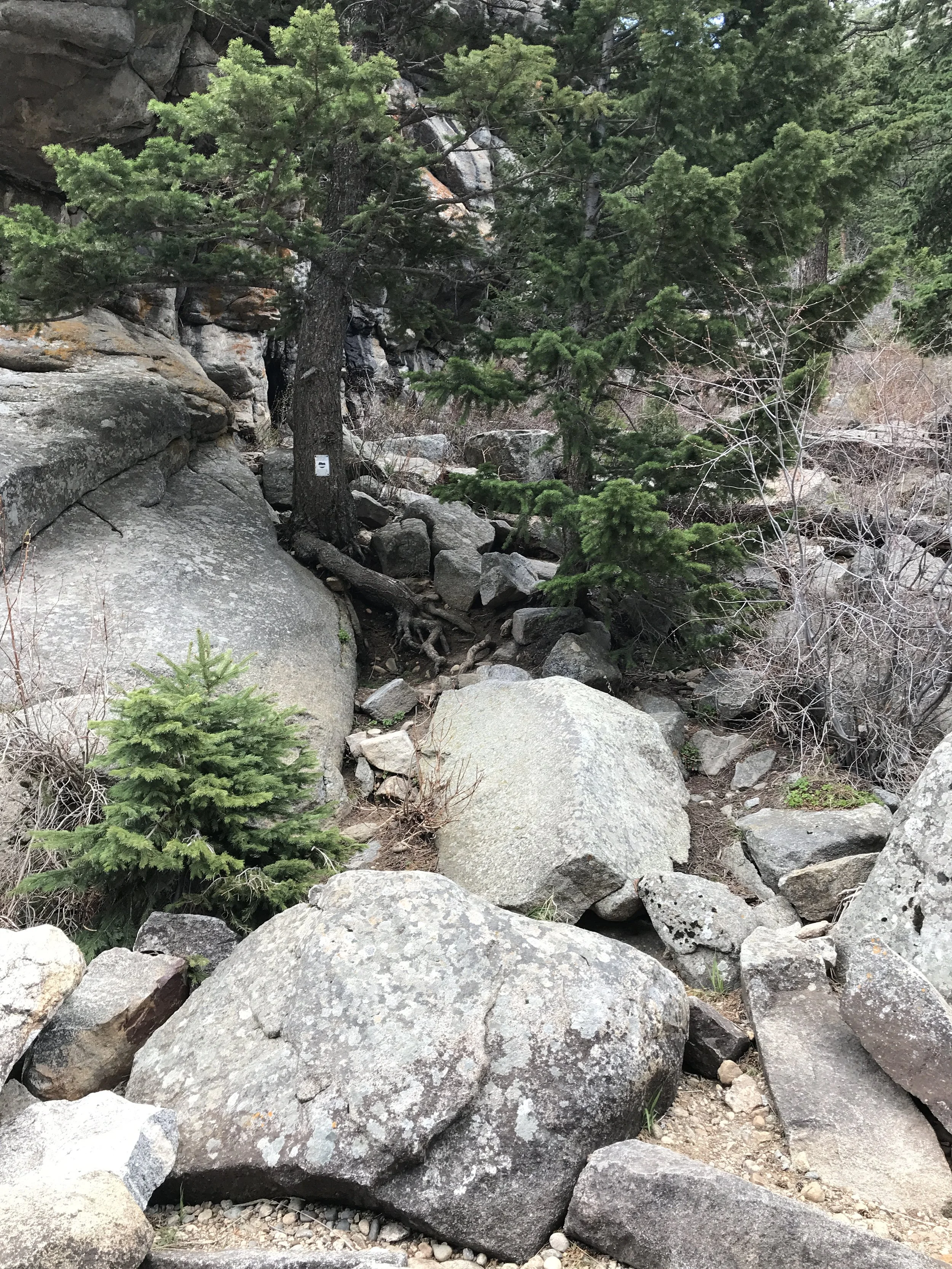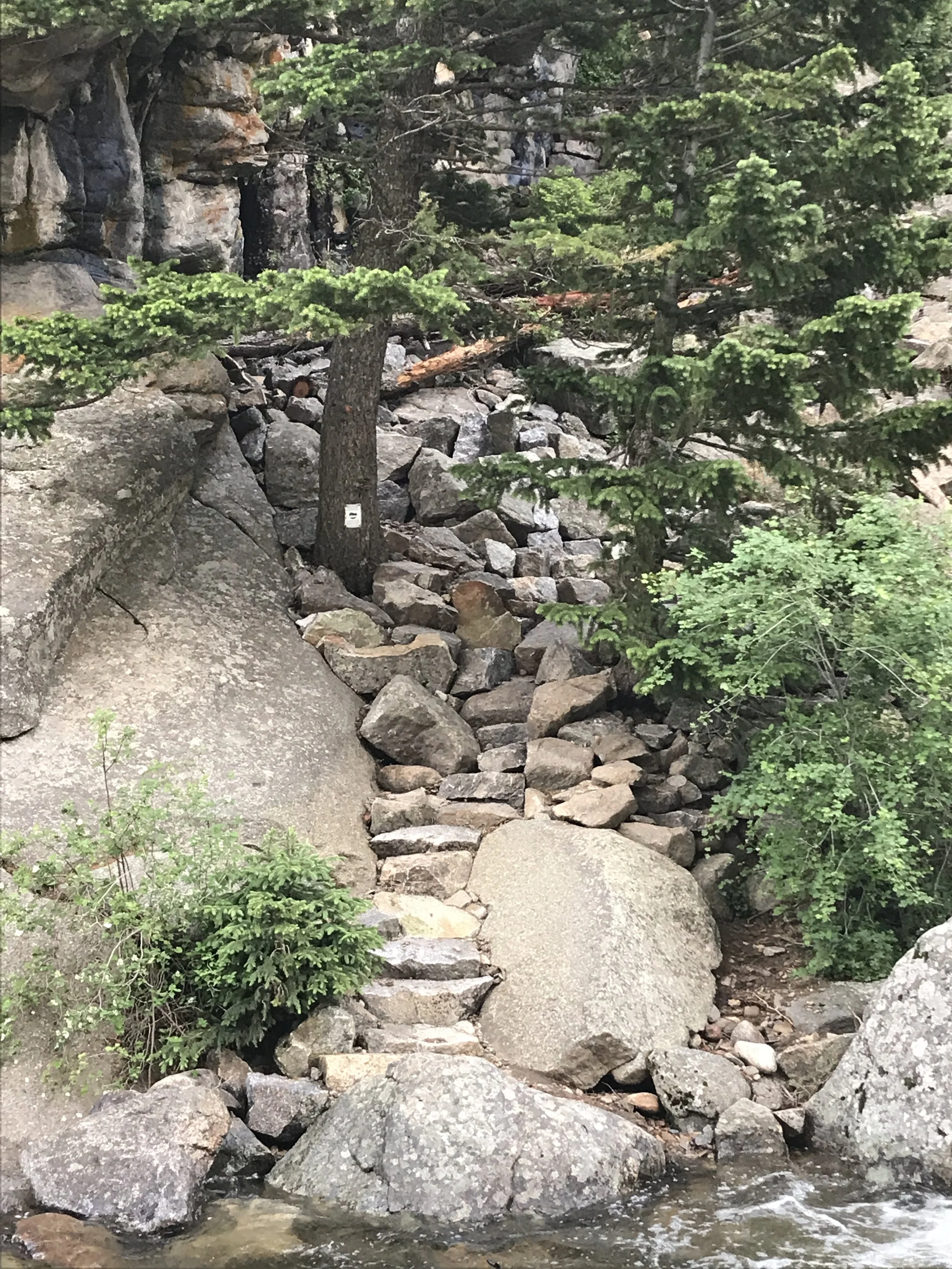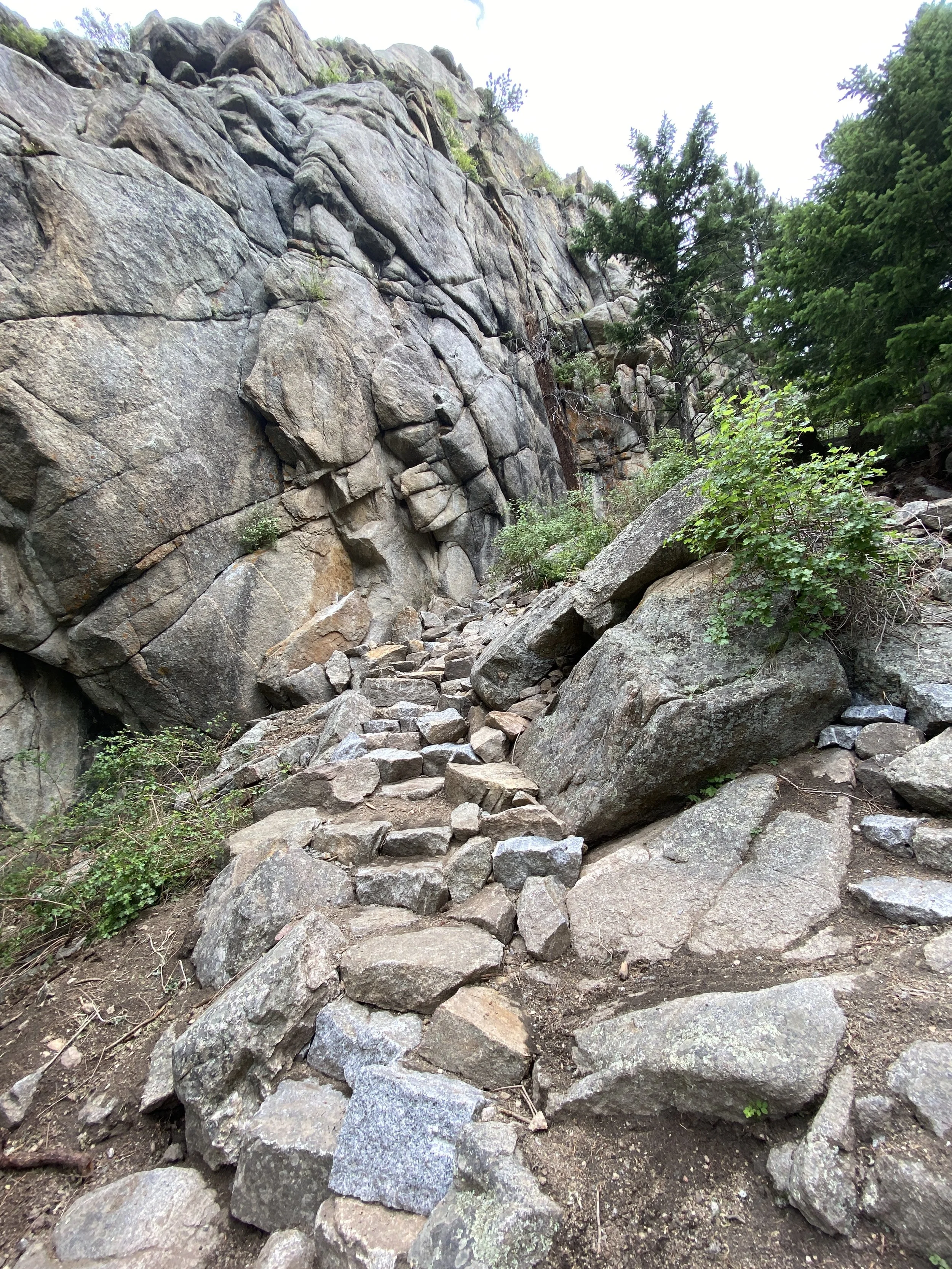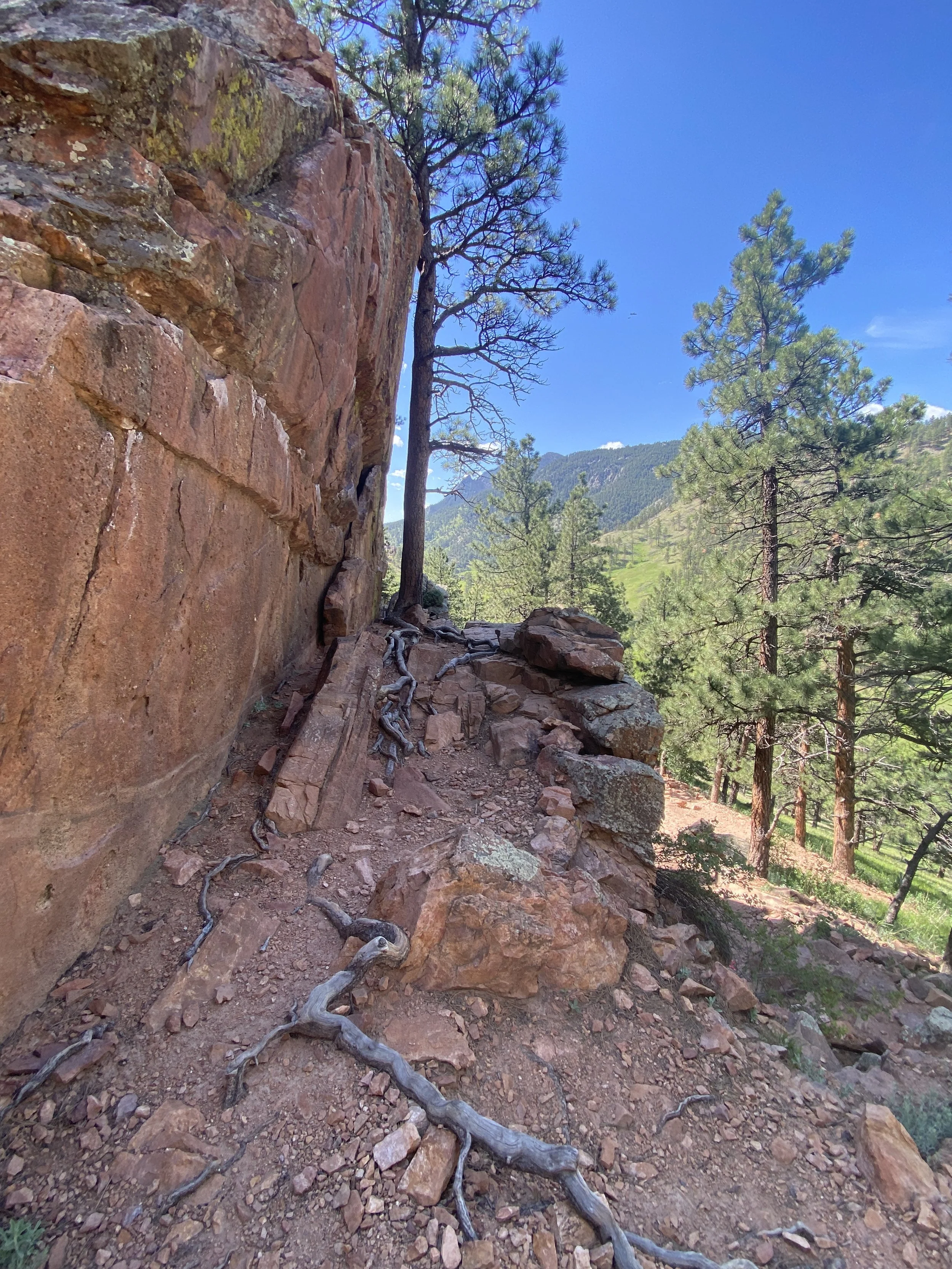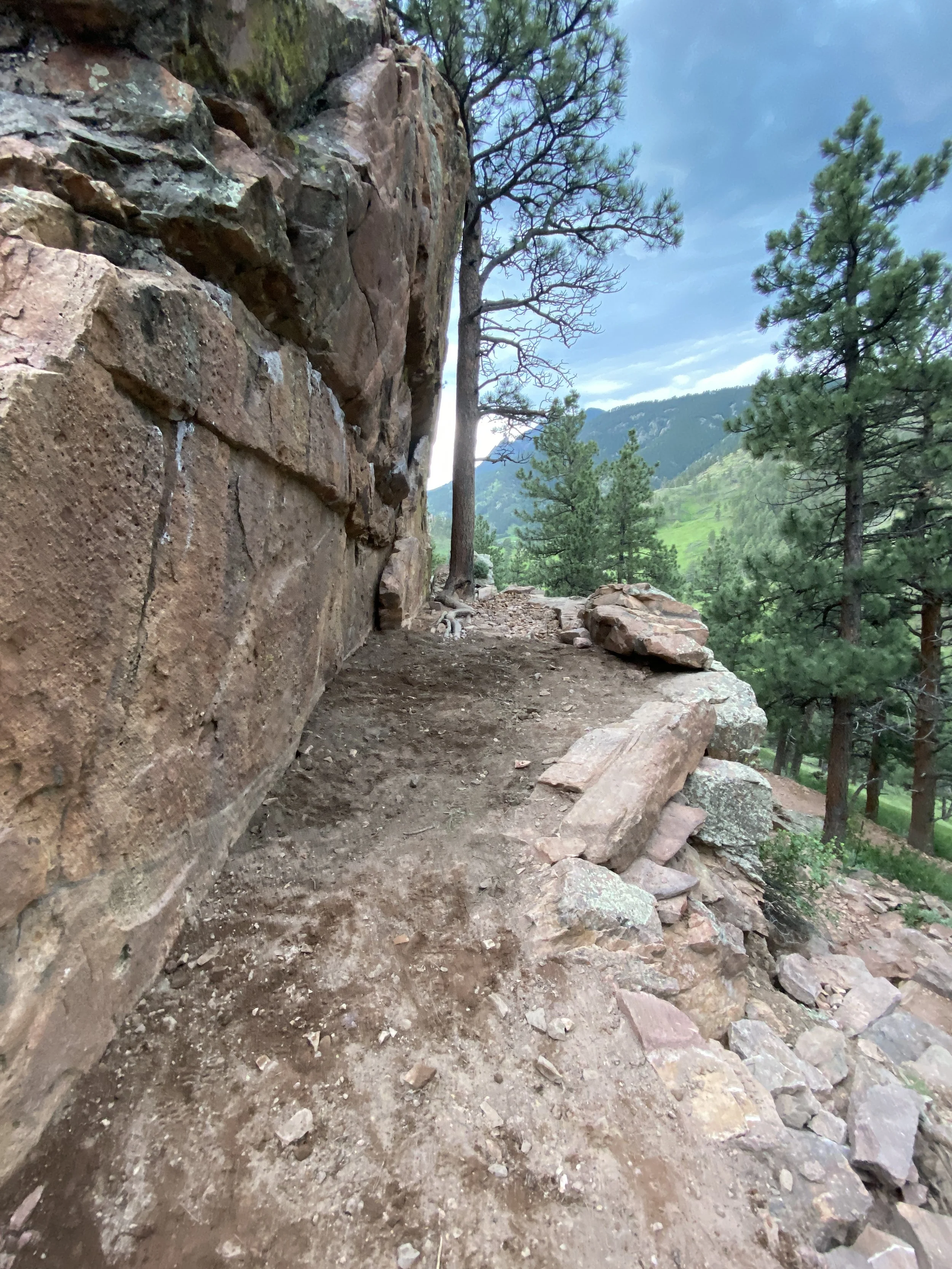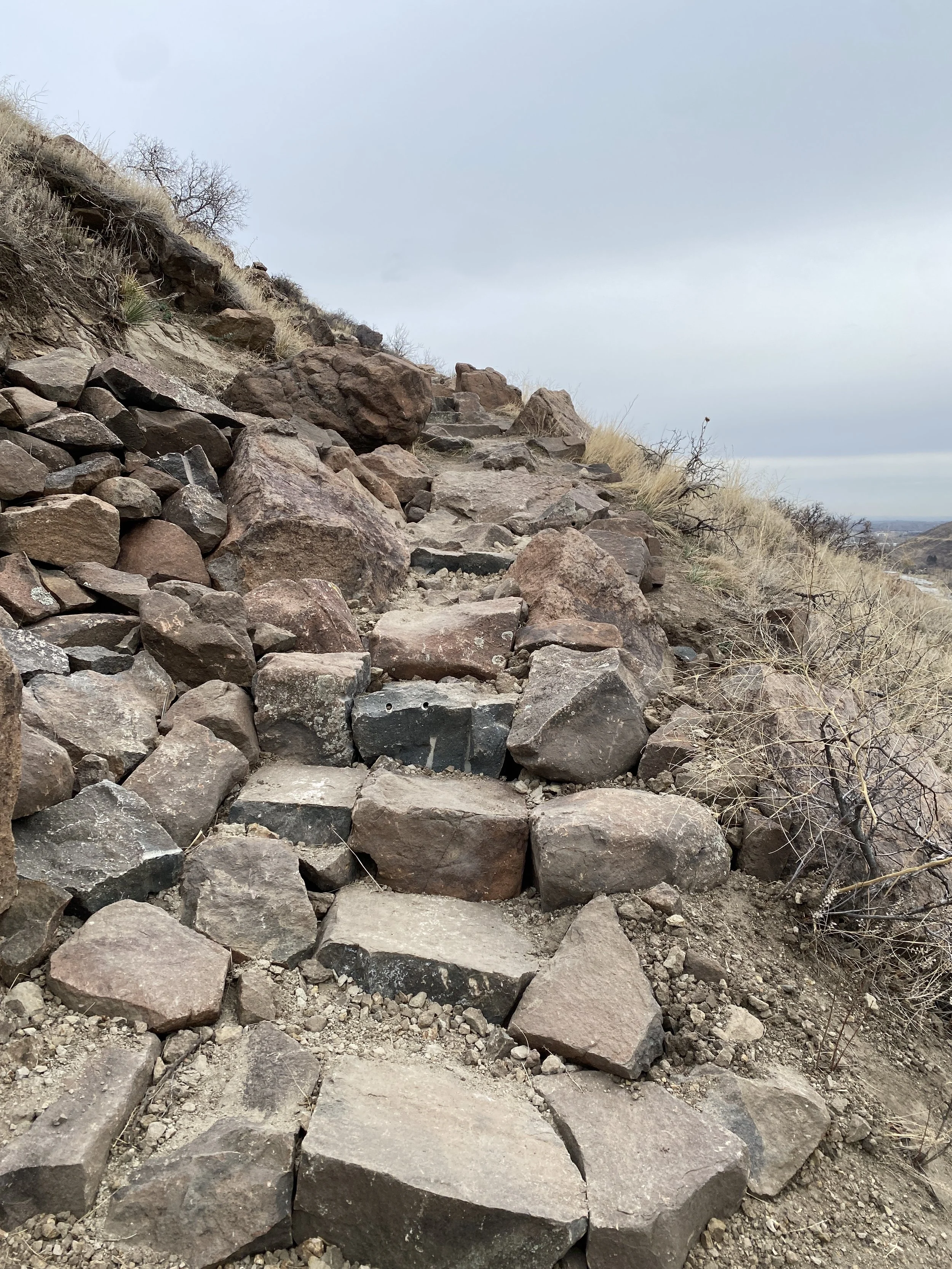End of Year Blog: 15 Years of Caretaking Front Range Climbing Areas
As the BCC wraps up its 15th year of caretaking climbing areas along the Front Range, it's time to celebrate not only this year’s accomplishments but also 15 years of hard-fought wins by our advocates, rebolters, trail builders, wag bag stockers, and eagle spyers.
How did a group of self-proclaimed anarchists and adversaries come together back in 2010 to create an organization that today brings together hundreds of climbers to steward over 500 square miles of recreational land?
The truth is, we were fortunate to be in a region where climbing is a historic activity, and our land management partners not only recognized its significance to our community but also actively sought to support its growth and development. However, land managers had priorities beyond the climbing world, and without the BCC and other local climbing organizations (LCOs) pushing the envelope to improve climbing access, the work may never have even gotten started.
“The BCC brings a wealth of enthusiasm, technical skills, and knowledge of Boulder’s climbing legacy… Without this partnership, OSMP would need to allocate more resources internally to this highly technical climbing access work, which would in turn negatively impact our commitment to reducing deferred maintenance across our over 160 trail miles”
Without our land management agencies' support, the BCC may never have outgrown the once or twice a year Adopt a Crag event model that is common across many other climbing areas in the country and may never have become the organization that advocates for Front Range climbing, replaces thousands of aging bolts, staffs a professional climbing access trail crew for eight months each year, gives out thousands of free WAG bags to keep our climbing areas clean, and actively works with land managers to find the best balance between wildlife protection and recreation.
The BCC approached building relationships with local land managers with care and respect, acknowledging that the underground, anarchist mindset of climbing would not be sustainable as the local climbing community continued to grow exponentially. In 2011, the BCC got its first chance to showcase what climbers taking care of climbing areas looked like at one of our most historic crags: Castle Rock in Boulder Canyon. With support from Boulder County Parks and Open Space (BCPOS), BCC volunteers installed a couple of stone staircases to prevent further erosion and allow climbers to reach the base of Castle Rock.
“Without the BCC being a catalyst to see these improvements, these upgrades most likely would not have occurred. ”
While small in scale compared to what our Trail Program does now, this stewardship project was the beginning of a multi-year relationship that led to further climber-initiated stewardship work at Castle Rock, most notably the upgrading of all the fixed hardware on the cliff in 2017 and the construction of a sustainable trail that accesses Mountain Rose and Frisky Cliff, which was completed in 2022.
These early trail work efforts were quickly followed by the installation of the first WAG bag dispensers in Eldorado Canyon State Park and the Flatirons in 2012, as well as BCC entering into a partnership with the USFS to partner on seasonal wildlife closures, creating a program that would incorporate volunteers to monitor Golden Eagle nesting sites and allow for the early opening of previously closed crags. In 2013, BCC hosted its first fixed-ancher replacement initiatives at Anarchy Wall in Clear Creek Canyon, creating a program that grew from hosting just one event per year to hosting six large-scale rebolting events and training 50+ new rebolters each year.
Fast-forward from that first stewardship event at Castle Rock to today, and the BCC looks very different from what it did in 2010. We partner on stewardship efforts with all major land management agencies in the area, including collaborating on multi-year projects in the Flatirons with City of Boulder Open Space and Mountain Park, in Clear Creek Canyon and the South Platte with Jefferson County Parks and Open Space, and in our own backyard of Boulder Canyon with the US Forest Service. Our five major programs: Anchor Replacement, Trail Building, Human Waste Mitigation, Eagle and Raptor Monitoring, and Advocacy are well-established and working year-round, harnessing the energy of the Front Range climbing community to improve and expand climbing access.
While the BCC has become nationally recognized for its climbing access efforts, including trail-building and anchor-replacement initiatives, each year we aim to continue to be a resource, partner, and supporter of our local land managers to achieve the vision of having the best cared for crags in the country.
With community and land management support, we achieved remarkable milestones in 2025 and are looking forward to what the next 15 years will bring!
Trail Enhancements:
We completed Phase II of the Blob Rock trail reroute, made key improvements on the Mount Sanitas and Saddle Rock trails, and enhanced access at North Table Mountain by constructing 220 stone steps and improving 850 feet of climbing access trail.
Bolt Replacement Initiative:
We replaced 600 aging fixed anchors, including 100 in a single day at High Wire Crag. We also trained 40 new volunteers through our Anchor Replacement Curriculum and entered into a new agreement with the City of Longmont to support rebolting efforts at Button Rock Preserve.
Raptor Conservation:
In partnership with the USFS and local ornithologists, we monitored nesting sites across Boulder Canyon, confirmed and managed Peregrine Falcon nesting at Vampire Rock, and celebrated the successful fledging of two chicks — balancing wildlife protection with climbing access.
Wag Bag Distribution:
We distributed 2,326 Wag Bags across the region, promoting Leave No Trace principles and protecting our climbing environments.
Advocacy Success:
We secured a formal agreement with the City of Longmont for anchor maintenance at Button Rock Preserve — a model for future agreements. Additionally, we worked with the USFS to maintain climbing access in Boulder Canyon during the falcon nesting season. We worked with OSMP to preserve parking on Flagstaff and designate climber trails to key crags in the Flatirons.
